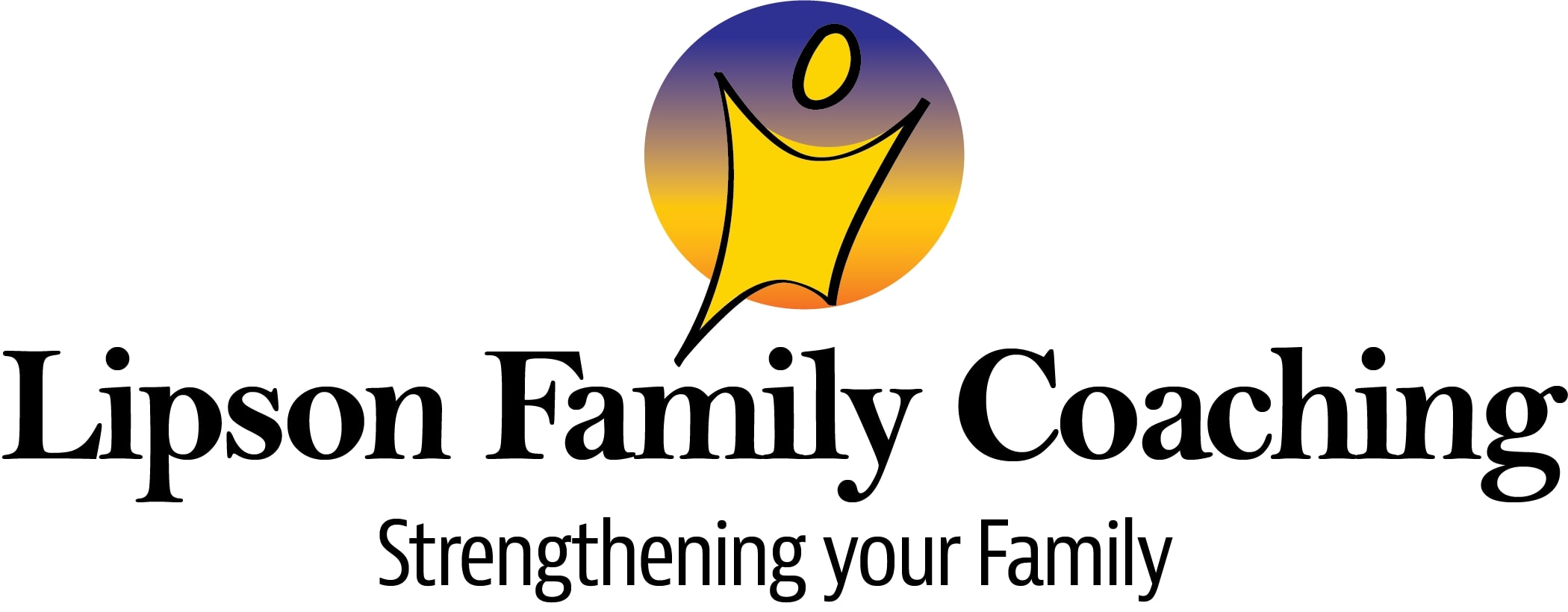Get the Best Winter Activities
Eat more fruit – and veggies
Just when we got used to 5-a-Day — the recommendation for eating five fruits and/or vegetables daily — there is a new initiative to encourage fruit and vegetable consumption, Fruits and Veggies—More Matters. The website, www.fruitsandveggiesmorematters.org, offers recipes and tips for getting kids to eat more of these. In the “ask the expert” section, users can direct questions to an expert dietician, and mom.
Thumbs-up cereals
A healthy breakfast choice, Mom’s Best Naturals, is expanding its offerings with whole grain, all natural cereal. Mallo-oats, which resemble a certain sweetened cereal, have a much healthier profile, with less sugar, and no artificial colors, flavors or preservatives. The cereals are sold in 16–24oz.boxes for $2.49-$3.49 at Shop-Rite, much less than most conventional or natural cereals.





